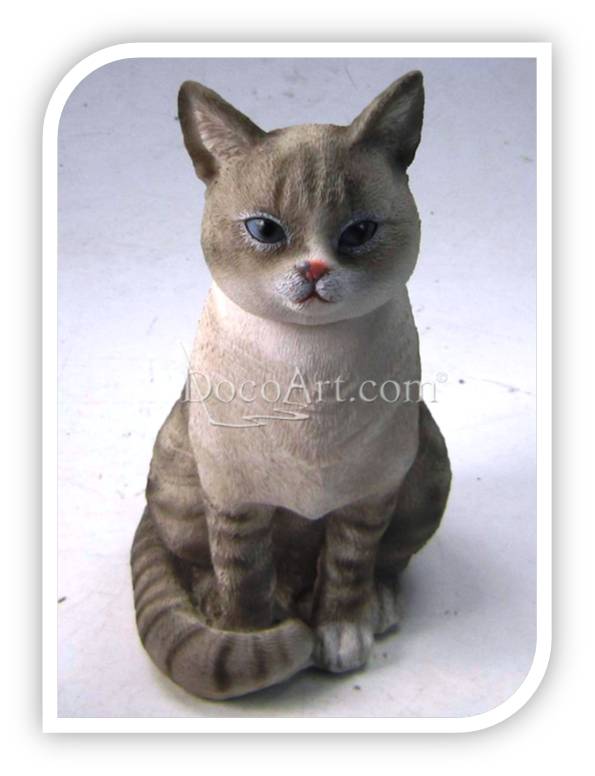The two faces of mystery
Cats are beautiful and gracious creatures that amaze us with their appearance and character. Even after hundreds of years spent by our side, they retain their wild, independent nature. There is a merciless predator inside each of them, no matter how calm and sweet it may seem. Any moment, a cute furball purring peacefully on your knees can put out its claws and take a stunning leap to the highest bookshelf chasing a fleck of light. We are used to thinking about them as lovely, affectionate pets who share our bed and entertain us with funny stunts. But even though they live in our homes and eat from our hands, they always walk by themselves and remain one of the biggest enigmas for us, humans.
The felines of Egypt and the goddess Bastet
This charming duality has made cats one of the most mystified and worshipped animals in our history. The ancient Egyptians famouslyconsidered them sacred. One of Egyptian goddesses, Bastet, was portrayed as a cat and stood for motherhood, fertility and protection from evil spirits. Hundreds of cat paintings, statues and mummies were found in ancient tombs, attesting the important of a cat’s role in this culture. Art of that period depicting cats includes:
- - Wall paintings and carvings of cats mostly accompanying mythical scenes and visions of afterlife. Cats were believed to have supernaturalpowers, that’s why their images often appear in tombs. On many paintings, the animals are depicted with human qualities – for instance, standing on their hinder legs or performing human actions.
- - Wood, stone and bronze statues showing cats in different positions. Most commonly, it was either a lone cat figure sitting proudly on a stand, or a mother with kittens cuddling at her side or sucking milk from her breast. Archeologists have also found a number of feline heads carved from various materials.
- - Very often, cat statues, especially those representingBastet, were richly decorated with jewelry, including huge necklaces with gems and even golden earrings. That was meant to show their royal status and divine origin.
- - Both in paintings and statues, there was also a tendency to portray human figures with cat heads, much like the jackal-headed Anubis. This was typical for ancient Egypt. In a similar manner, a feline-headed woman was yet another image of the goddess Bastet.
The era of the feline cult is long gone. But the mystical aureole around cats is still there. They may not be the object of religious worship anymore, but we still believe them to have a special connection to the subtle planes and keep admiring them just like centuries before!


